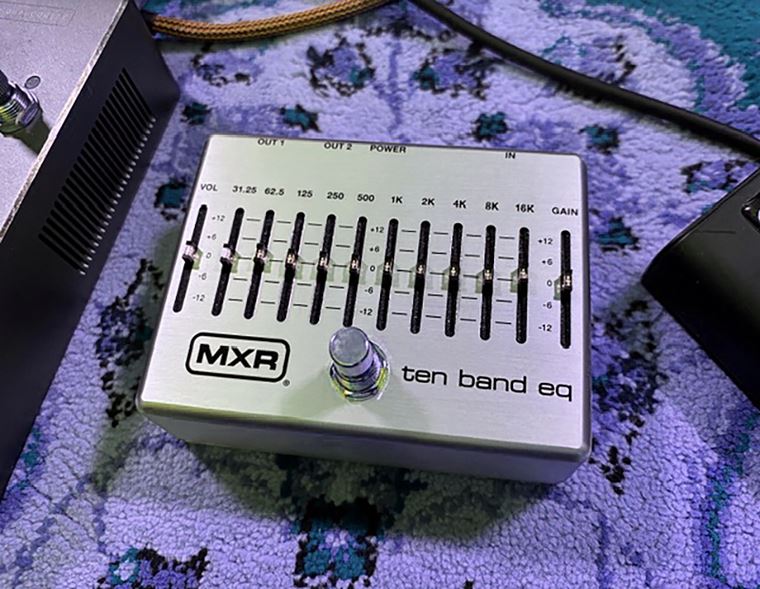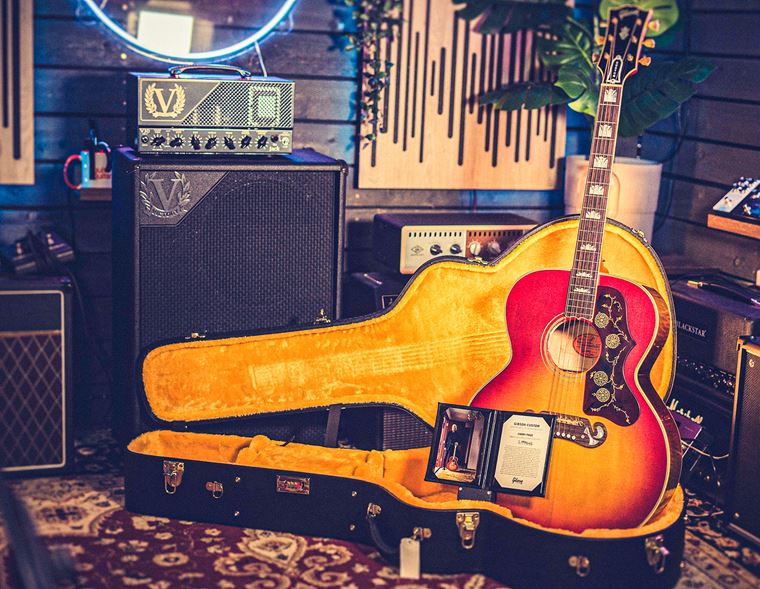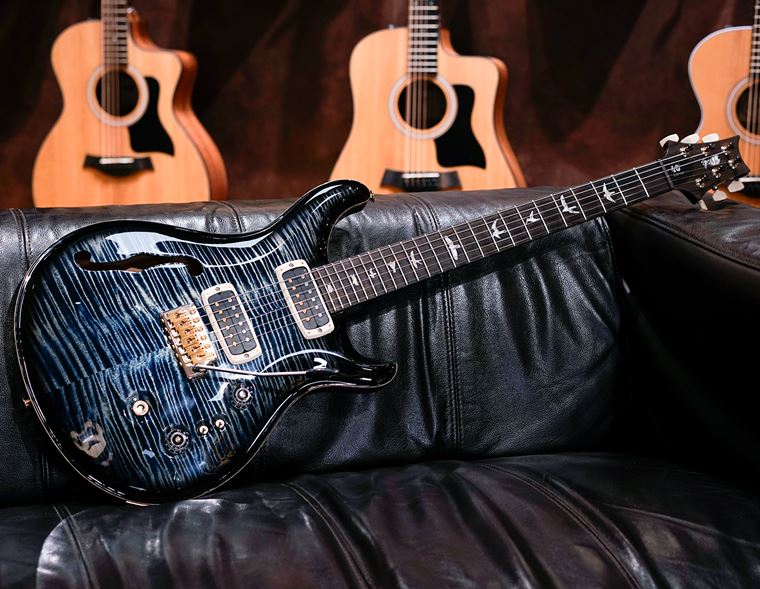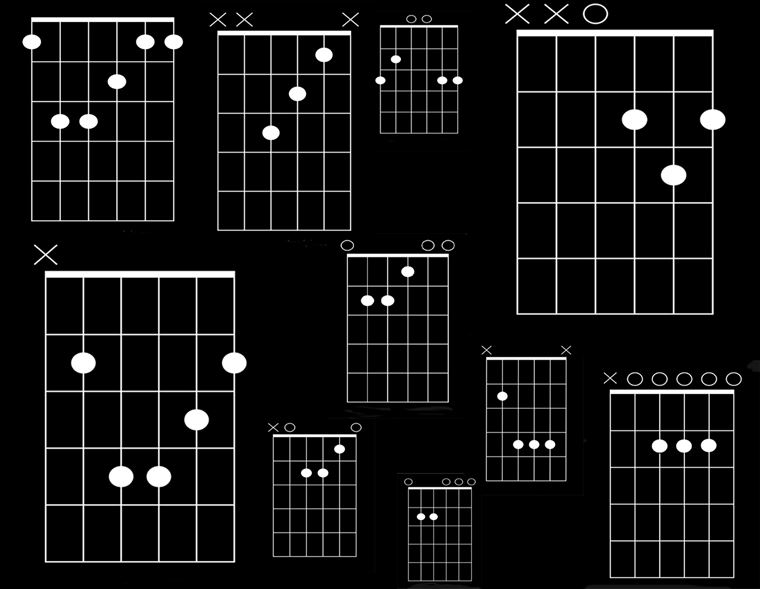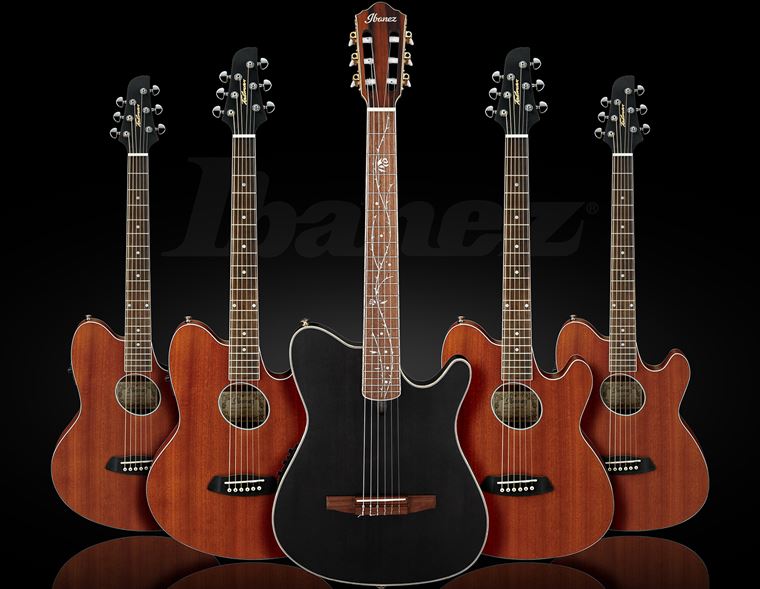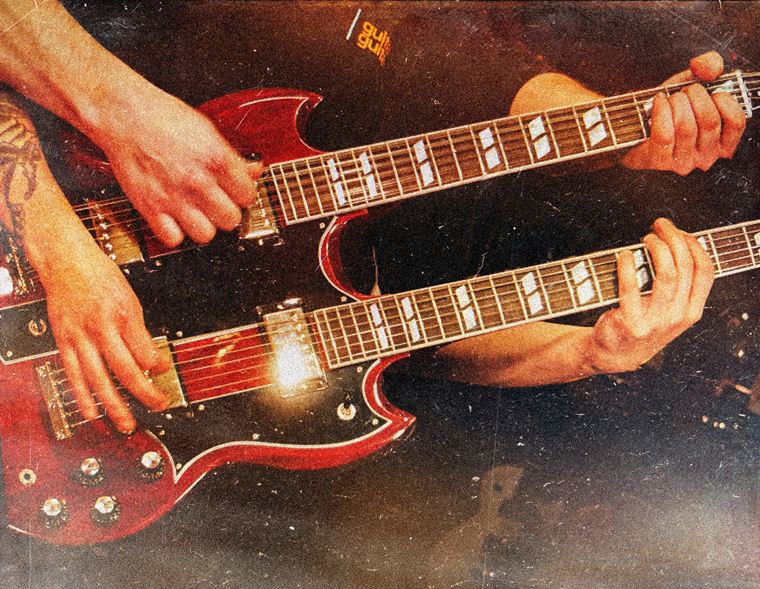Do I Need a P.A. System?
Published on 05 May 2022
P.A. Systems are used to amplify the volume of any given sound source. Whether you are looking to address people with spoken word at a conference, perform live music, or play music during a class. There are many applications where you may find you need to be louder. There are several factors to consider when looking for the right system for you. In this short article, we will look at what considerations to make when searching for a P.A. system and try and help you decide whether you need one for your setup.
Why is a P.A. system required?
Here we are going to explore some common applications for a P.A. system. Though simply making a sound source louder is a simple concept, it can be harder to determine which p.a to invest in. With such a wide range of available systems, it is important to find a p.a tailored to suit its application. Size, weight, power, and portability can all affect how good a P.A. system will handle any given scenario.
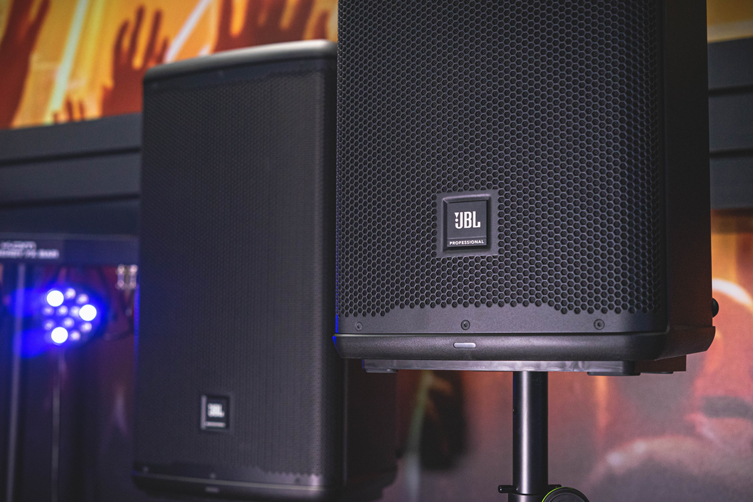
Playing in a Band
One of the most common reasons for using a p.a system is to amplify a band.
So, what is the best P.A. system for a band? There are two important factors to consider when amplifying a band. First, you need to take into consideration the size of the event. If you are in a large room or especially if you will be playing outside, you will need more power than playing in a small pub, for example. The second thing to consider is what instruments you are looking to put through the p.a. Again, this can be down to the size of the venue. For example, a drum kit is plenty loud enough without amplification in a smaller space, but you are most likely going to want to amplify at least the kick and the snare if you are playing outside as the energy is dispersed far quicker.
A pair of JBL EON 710 Active Speakers would suit a smaller venue with fewer instruments being amplified. Their smaller size and lighter weight also make them a great companion for acoustic setups. However, if it is a larger venue with more instruments, then you should consider a larger speaker and even potentially the addition of a subwoofer. The JBL EON 712 Active Speakers would pair well with the JBL 718S Active Sub to give you a much wider range of amplified frequencies, which would easily handle everything from your kick and bass instruments to higher frequency information such as your vocal.
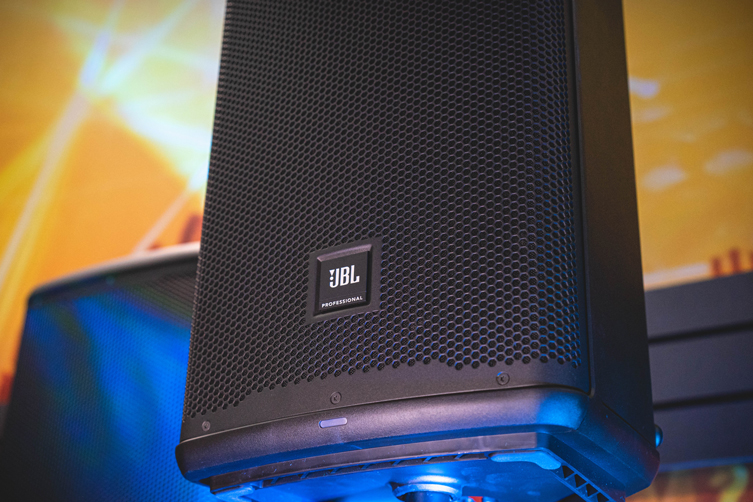
Conferences
At conferences or events where spoken word needs to be heard, you may find you don't need an overly powerful speaker. Because the sonic information contained within the human voice is mid centric, you will find that you will not need a speaker that covers a massive range of frequencies. A smaller speaker such as the Alto TS308 would perfectly suit this application.
Classes
This is for the instructors out there. Whether it be Heavy Metal Yoga or a Power Pop Spin Class, you will need a speaker that can handle both spoken word and music. In this case, speakers with built-in Bluetooth that allow you to stream music directly from your phone to the speaker stand out as good options. The Bluetooth connectivity of the JBL EON range makes them a good contender for this scenario.
Busking
Busking has its own unique set of specifications. The speaker needs to be small enough to amplify you and your music and small enough to carry alongside your other equipment. One of the stand out speakers for this role is the Bose S1. Its integrated sub means it can handle an abnormally large frequency response for such a compact unit. The addition of a rechargeable battery also means you can set up anywhere without having to worry about running cables or finding power.
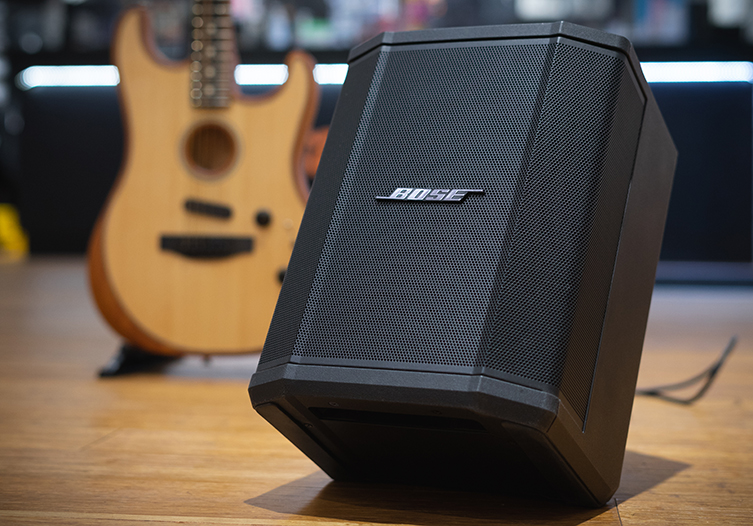
Three tips for buying your first P.A. system
- Tip 1 - Peak and RMS know the difference.
It is essential to differentiate the two power ratings that are often given in the specifications of a speaker. You will most likely see a power rating for peak as well as one for continuous/RMS. The Peek level indicates the maximum power output a speaker can handle, such as your large spikes in signal, and the continuous/RMS rating is the average output of the speaker. The higher these readings are, the louder you can push the speaker without distortion.
- Tip 2 - Passive or Active?
Active speakers are far more commonly found than passive speakers due to their ease of use. Active speakers have all of the amplification built into the one unit, whereas with passive systems, the amplifier is a separate unit to the speaker cabinet. Passive systems can be good for larger systems as all the amplification can be run from a single rack, and then a single cable can be run to each of the speakers.
An active system will most likely be the best choice for your setup. As everything is already loaded into one unit, this means you don't have to worry about trying to match the amplifier to your setup. It also means there's less to carry around with you.
- Tip 3 - To sub or not to sub
Adding a sub into your p.a setup can make a massive difference to the power and performance you are trying to convey. It takes a lot more energy to move lower frequencies, so having a dedicated unit just for sub is a great way to expand your amplification into the lower range that you can feel smack you in the chest. Portability should be a factor to consider if you are looking into a sub, as they can be big and heavy to move around. One solution could be an all in one system such as the JBL PRX.
Do I need a P.A.?
In conclusion, if you are looking to amplify any sound source effectively, you will need some kind of P.A system. There are many to choose from, so it is important you find the right setup for your needs. Remember, if you need more information or you are looking for recommendations for systems that will suit your specific needs, then you can speak to one of our staff online or in-store.

